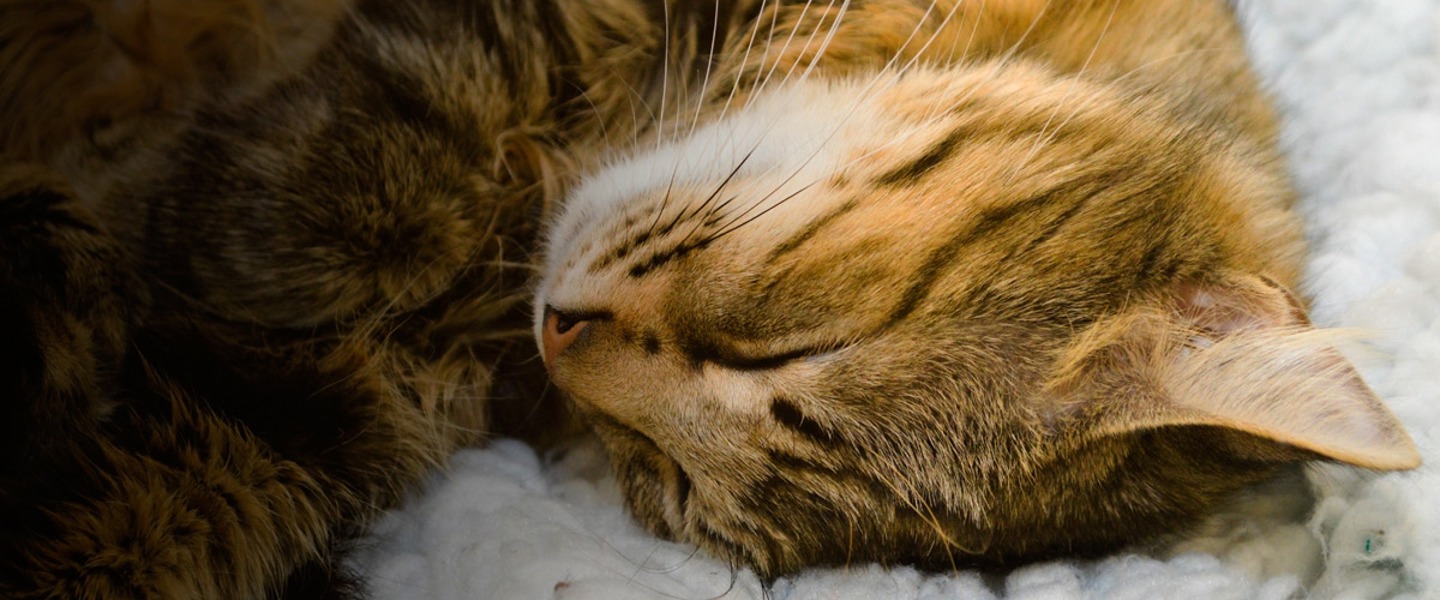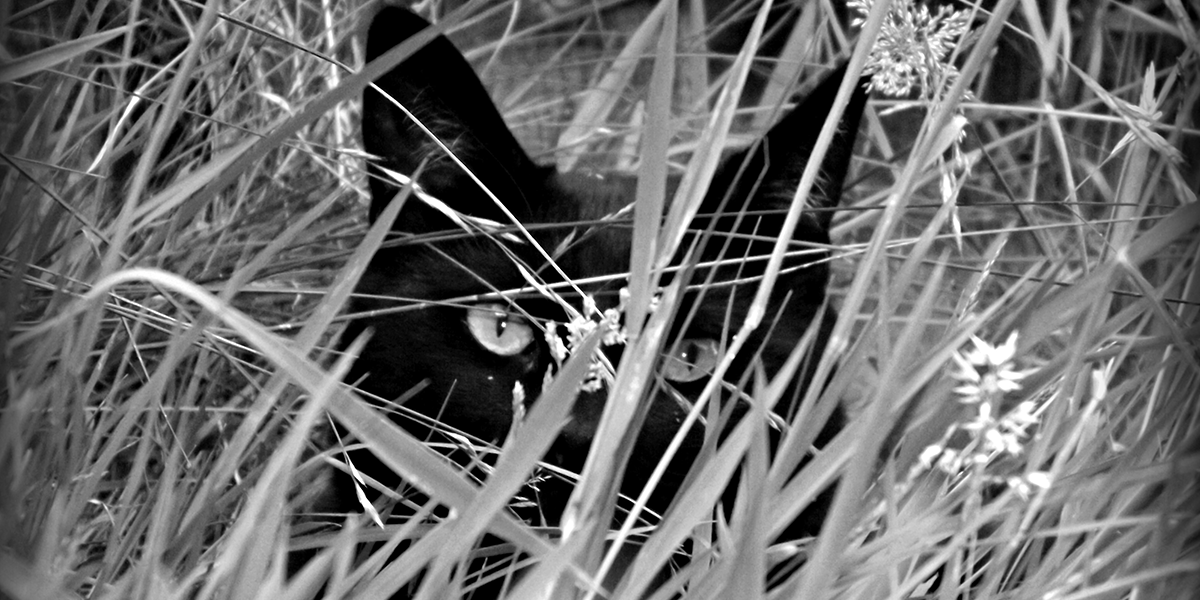chlamydia in cats uk
If your cats have some dirt on its eyes you can follow these 6 simple. The Feline Centre Department of Clinical Veterinary Science University of Bristol UK.
Although there are different strains of the Chlamydia bacteria that infect your pet Chlamydia psittaci is the most common strain that infects felines.
. When conjunctivitis occurs the eyes can become bloodshot and often develop a discharge. Well it is not an STD is is a bacterial respiratory infection. The most common signs of chlamydia in cats involve the eyes or the upper respiratory tract nose or throat and only when infection is not treated does it spread to the lungs.
Chlamydia felis infection is relatively common in cats it is thought to be a cause of up to 30 of cases of chronic conjunctivitis. Recognizing upper respiratory infection symptoms in your cat can help you determine if you need to take it to the vet for a formal diagnosis. Chlamydiosis is a bacteria-based chronic infection that most often manifests in cats as a serious upper respiratory infection.
There is a high prevalence of contact with Chlamydofila felis in cats based on. Chlamydia in cats is a bacterial infection that gives rise to upper respiratory infections. In cats the pathogen is chlamydofila felis.
Chlamydia are obligatory intracellular bacteria that contain both DNA and RNA. Pathophysiology Maternal immunity wanes at 6-8 weeks. There have been suggestions of other chlamydial agents occurring in cats but there is little evidence that they are clinically relevant.
Studies using both culture and polymerase chain reaction PCR indicated that cats less than 1 year of age were the most likely to be infected with Chlamydia and cats older than 5 years were the least likely to be infected. Sometimes called Chlamydial Conjunctivitis chlamydia in cats is caused by the bacteria Chlamydia felis. Common symptoms of Chlamydiosis in cats Conjunctivitis and respiratory difficulties are the most common symptoms of Chlamydiosis in cats.
Other symptoms of chlamydia in cats include. Cats that have developed this infection will often exhibit traditional signs of an upper respiratory infection such as watery eyes runny nose and sneezing. Chlamydiosis typically affects young cats under 9 months of age.
Felis has been associated with. It is a bacteria that invades and infects your cats eyes and is one of the most common causes of conjunctivitis in cats. Although disease caused by Chlamydophila felis in cats has been referred to as feline pneumonitis Chlamydophila rarely causes pneumonia in cats.
Human chlamydia the sexually transmitted disease is caused by the bacteria Chlamydia trachomatis. One study reported that a large number of cats and dogs become unowned each year in the UK which may have considerable implications for their welfare. Symptoms of Feline Chlamydia.
Transmissible to humans through inhaling fine particles of faeces or body fluid droplets from an infected bird psittacosis is a notifiable disease usually treatable with a combination of antibiotics. Are common cell wall deficient bacteria that colonise cats. Conjunctival replication cells degenerate and slough conjunctivitis 5-10 days after exposure.
The disease in cats is also known as feline pneumonitis which can be misleading because these bacteria rarely cause pneumonia in cats. This bacteria occupy and infect the conjunctiva cells that leads to inflammation and ocular discharge. Causes respiratory genital or systemic disease.
Cats in shelters boarding kennels and multi-cat households run a higher risk of contracting chlamydia. With treatment the prognosis is positive. Chlamydia felis does not survive outside of the host so close contact between cats is required for transmission usually via ocular discharges.
At first it only affects one eye but within a few days it might possibly affect both eyes. Feline chlamydial conjunctivitis is an infection caused by a bacterial organism called Chlamydophila felis. The first symptoms of chlamydia infection in cats are a watery discharge from the eyes and excessive.
Are generally non-pathogenic clinical illness results in some cats. Signs of chlamydia in cats The incubation period of chlamydia in cats is between three to 10 days and again conjunctivitis is the predominant sign. As told before chlamydia in cats is caused by a bacterium called Chlamydophola felis.
One or both eyes may be affected. While these Mycoplasma spp. When you think of Chlamydia you might think of STDs and wonder what that has to do with your cat.
Chlamydophila felis Chlamydophila felis a highly modified intracellular bacterium. The current recommended treatment for feline chlamydophilosis involves daily oral administration of antimicrobials to all cats within an affected group for a prolonged period of time 4-6 weeks. Not surprisingly owner compliance can be poor resulting in apparent treatment failure.
Feline Chlamydophila is regarded as a primary conjunctival pathogen and infection always involves the eye resulting in conjunctivitis and occasionally also causing signs of rhinitis. Causes of Chlamydia in Cats. Chlamydiosis in Cats Chlamydiosis refers to a bacteria based chronic respiratory infection caused by the Chlamydia psittaci bacterium.
Serological surveys Cats. Kittens then susceptible to airborne transmission. Humans can be infected with Chlamydia psitacci but the bacterium that infects cats Chlamydophila felis is highly adapted to this species.
Chlamydiosis can affect cats of all ages however it occurs most often in kittens between 5 and 9 months of age or cats in overcrowded or stressful environments such as animal shelters and breeding catteries. The main chlamydial agent recognised in cats is Chlamydophila felis which was previously known as Chlamydia psittaci feline strain. They have a cell wall and are affected by some antibiotics.
Different strains of Chlamydia felis and Chlamydia pneumoniae bacteria cause significant eye infections in cats. Its Not An STD. Predisposing factors General Stress-induced reactivation.
This bacteria has also been reported to infect the genital tract and joints. Chlamydia can infect cats of all ages but kittens between the ages of 5 and 12 weeks are most vulnerable. The discharge may be watery or thicker resembling mucus.
There have been one or two reports of human conjunctivitis following contact with a cat harbouring C felis but the risk appears to be extremely low. Diagnosis The veterinarian may be able to make a tentative diagnosis of chlamydia based on presenting symptoms. Chlamydia felis is a Gram-negative bacterium that is an obligate intracellular parasite of cats.
Reside on the surface of mucous membranes and are frequently isolated from the mouth pharynx airways and conjunctiva of cats. Chlamydia felis previously known as chlamydophila is an infection in cats caused by a certain type of bacteria. Chlamydia does cause certain respiratory infections in pets but feline calicivirus and feline.
The primary clinical sign associated with feline chlamydiosis infection is conjunctivitis inflammation of the inner eyelids and associated tissues. Chlamydial conjunctivitis is an infection of the membrane around the eye the conjunctiva. Felis can cause up to 30 percent of chronic conjunctivitis in cats.
Routine hygiene precautions are recommended when handling and treating.

Chlamydophila In Cats Help Advice Cats Protection

Chlamydia Disease The Brook Vet

Upper Respiratory Infection Chlamydia In Cats Petmd

Chlamydophila Felis Infection Feline Chlamydophilosis International Cat Care

